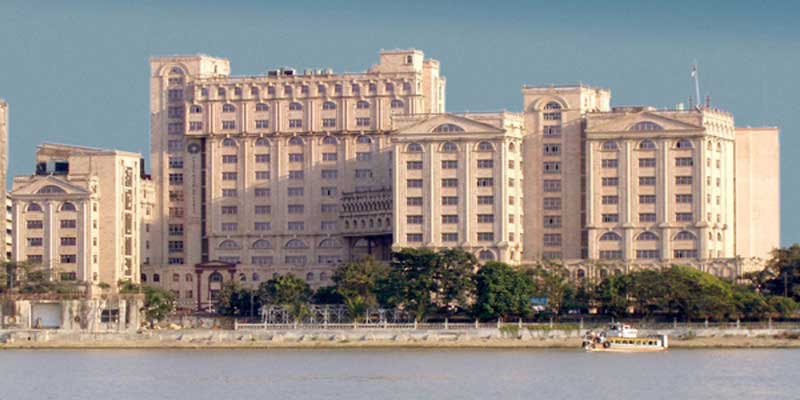
During the early days of British rule in India, General Wellesley felt the urgency to make a comfortable fund to meet the huge expenses of his wars against the powerful Tipu Sultan and the mighty Marathas. To meet the need of the day, the Bank of Calcutta was founded on 2nd June 1806, mainly to solve the problem of arranging fund for the ruling British to meet their expenses of war against the Indians. Much later, during the first half of 1860s, the Bank opened four more branches in Rangoon, Patna, Mirzapur and Benares. After that, as the Bank authorities intended to open a branch in Dacca for further expansion of their business, they started to negotiate with Dacca Bank, established as early as 1846.
Consequently, Dacca Bank was merged with the Bank of Calcutta and on 2 January 1809, the amalgamated bank was renamed as the Bank of Bengal.
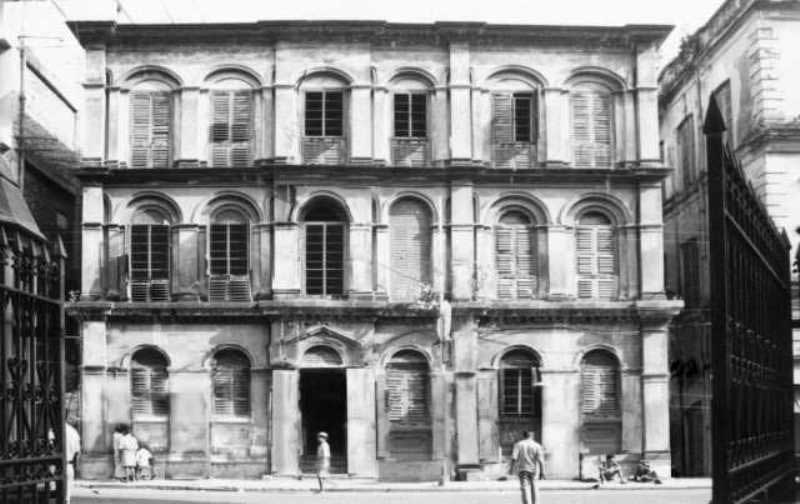
Old records of the bank indicate that, Prince Dwarkanath Tagore borrowed 60,000 Rupees from the Bank of Bengal in 1817, which he used to finance his business empire in India and abroad. The bank even returned a cheque issued by the then Governor-General, William Bentinck, for exceeding the credit limit by just four annas (25 paise).
That was the period when Calcutta has already become the main trading centre of the country and foundation of such a bank was also an absolute necessity for the growth of business. Apart from the Bank of Bengal, there were two more Presidency banks in India during that time, which included the Bank of Bombay and the Bank of Madras. Those Presidency banks were formed according to the Royal Charters and they used to work as quasi central banks, with the exclusive right to issue the paper currency in the country. Later, with the promulgation of the Paper Currency Act in 1861, that right was taken over by the Government of India.
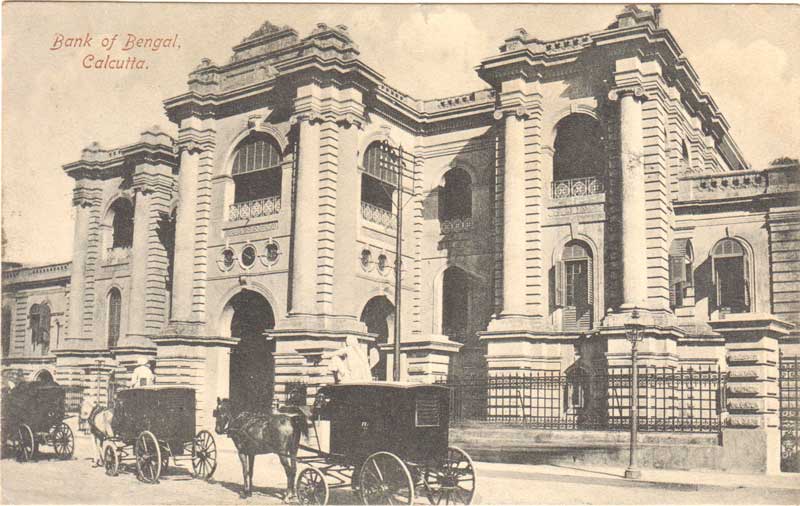
Much later, on 27 January 1921, all those three Presidency banks, as mentioned above, were amalgamated with each other. The new reorganized bank, named the Imperial Bank of India, was the oldest and the largest commercial bank of the Indian subcontinent. According to its royal charter, apart from the functions of a commercial bank, it also acted as the central bank for the British India, till the formation of the Reserve Bank of India in 1935.
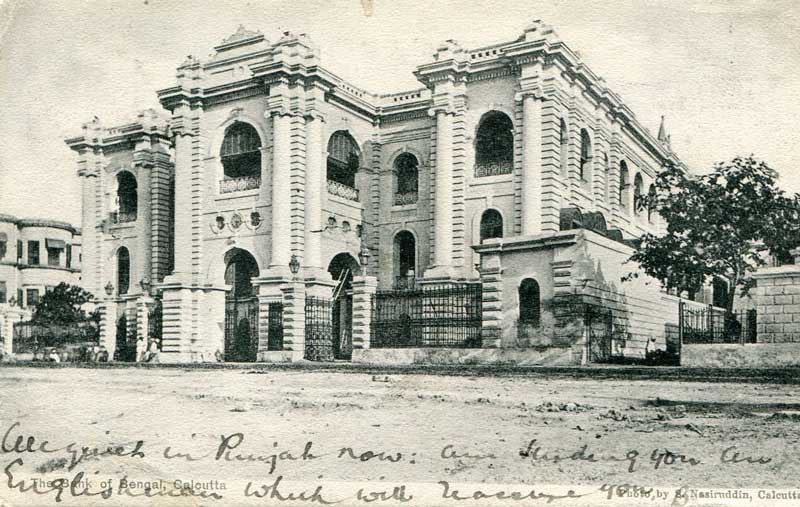
In 1935, the Reserve Bank of India, the central banking institution of India, acquired the controlling power of the Imperial Bank of India and renamed it as the State Bank of India on 30 April 1955. On that day, apart from the three local head offices, the bank had 480 branches and sub-offices in the country. Later, the transformation of the Imperial Bank of India to the State Bank of India was given legal recognition through an Act of the Parliament of India, which came into force from 1 July 1955.
The Calcutta main office building of the State Bank of India, situated on the Strand Road, was originally owned by the erstwhile Bank of Bengal. During 1980, the authority started demolishing the old historical building, as the foundations of the age old structure had grown weak and subsequently the new Samriddhi Bhawan took its place. However, faced with fierce criticism from various quarters for knocking down the historical heritage edifice, instead of renovating it, the authority had decided to recreate a portion of the old structure in two of the 14 floors of its neo-classical local head office building.
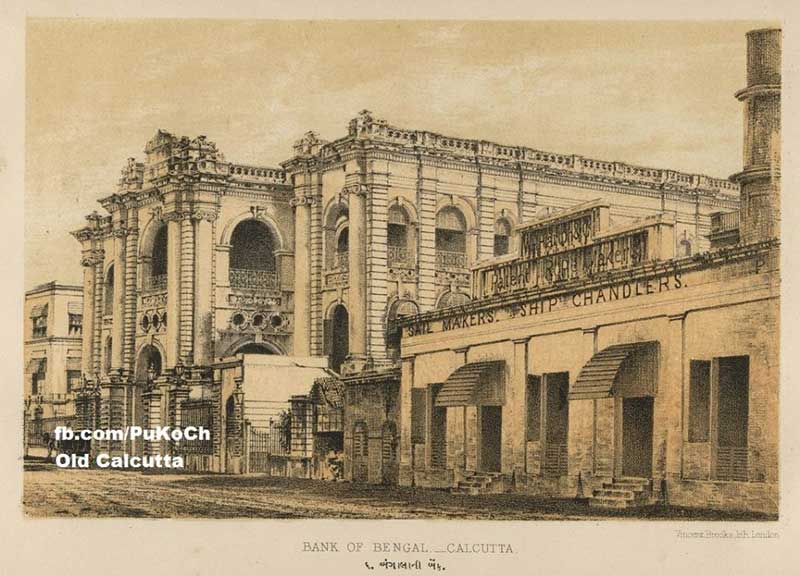
In 1987, an archive was planned by the then SBI chairman Dhruba Narayan Ghosh and after ten years, the long awaited plan was sanctioned by the ex-chairman DG Kakodkar in 1997. Today, the 11th floor of Samriddhi Bhawan has become a home to the country's first full-blown banking museum. The archive and museum serves as a reminder of the legacy and history of banking in India beginning with the Bank of Calcutta. There are lots of interesting exhibits in the museum, which include complaint register of the Bank of Bengal (1889), notes of the Banks of Bengal, Bombay and Madras, leaflets and journals, account opening forms and ledgers of eminent personalities, weights and measures, swords and pistols, trophies, seals and insignia and old publications of the bank.
However, in the process, the city of Calcutta has lost the heritage building of the Bank of Bengal forever.
